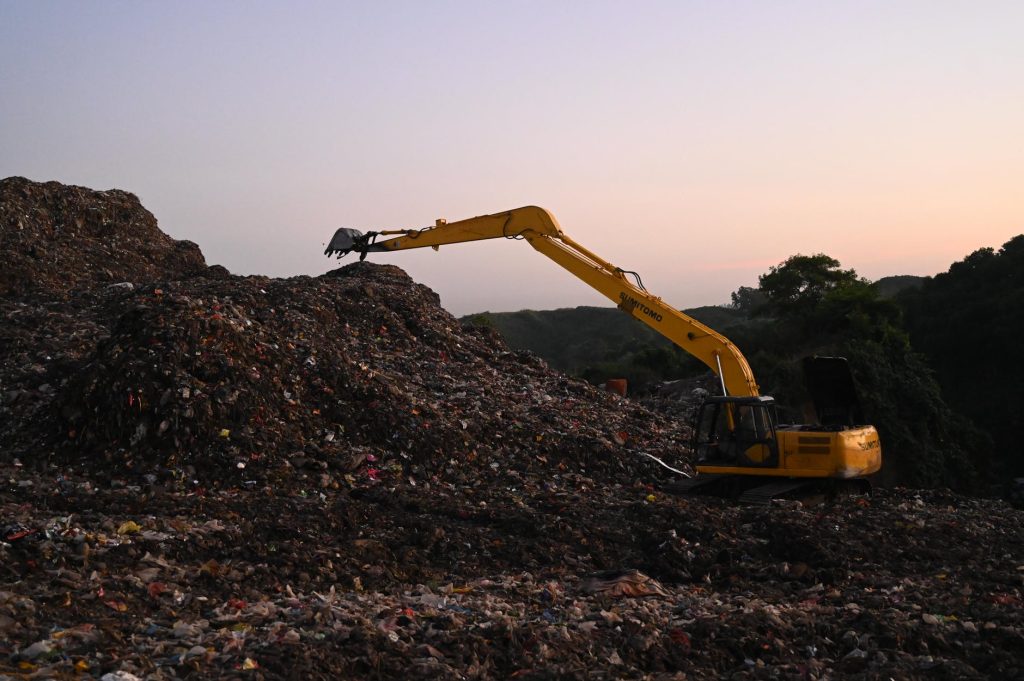collection, treatment and disposal of solid waste that has served a purpose or no longer of use; also known as solid-waste management. As a result of improper disposal of solid waste, the environment is polluted and vector-borne diseases, such as those spread by insects and rodents, are more likely to be found. Managing solid waste presents a number of complex and difficult technical issues. It is necessary to manage and solve a range of administrative, economic and social problems caused by this.
It’s important to know the history of the area
Waste must be disposed of as soon as possible.
Waste was dumped onto unpaved streets as well as roadways in ancient cities and allowed to build up. A law prohibiting this practise was not established until 320 BCE in Athens. At that time, Greece and the Greek-dominated urban areas of the mediterranean Basin began to develop a waste removal system. Property owners in ancient Rome were expected to keep the streets in front of their residences clean. However, state-sponsored events, such as parades, were the only ones associated with organised waste collection. Open pits from outside city walls were used to dispose of waste. Transporting waste farther from cities became more important as the population grew.

It wasn’t until the fall of Rome that garbage collection as well as municipal sanitation began to decline. Scavengers were assigned the job of transporting waste to decides to dump outside the city walls around the end of the 14th century. While this was the case in larger cities, in smaller towns, most individuals still threw squandering into the street. The first English city was necessary to provide an official scrounger only in 1714. New York City, as well as Philadelphia, municipal garbage collection began in the late 18th century. However, the methods used to dispose of waste were still primitive. In Philadelphia, for instance, trash was discharged directly into the Delaware River, which runs through the city’s suburbs.
There have been significant advancements in waste management.
This strategy to solid-waste management was first developed in the late 19th century. The United States was the first country to introduce watertight garbage cans and stronger vehicles for collecting and transporting waste. After the first refuse furnace was built in 1874 in England, solid waste handling and disposal practises changed dramatically. During the first half of the twentieth century, 15% of the largest American cities were burning solid waste. Most major cities were using primitive methods of waste disposal, such as dumpsites on land or in the water, at that time.
Garbage grinders, compression trucks, as well as pneumatic collection systems were all developed during first half of the twentieth century. Solid waste incineration was found to be a major contributor to pollution and public health issues by the mid-20th century. Clean landfills were created to eliminate the need for open dumping and reduce reliance on incineration of waste as an option. There were separate regulations for the disposal of hazardous and nonhazardous waste in many countries. Environmental and public health risks were minimised through the design and operation of landfills. New refuse incinerators had been utilized to extract heat energy from waste and were equipped with numerous air pollution control equipment in order to meet the most stringent requirements for clean air. Some of the most advanced countries’ solid-waste management facilities are now focusing on recycling and reuse reduction rather than incineration as well as land disposal.


